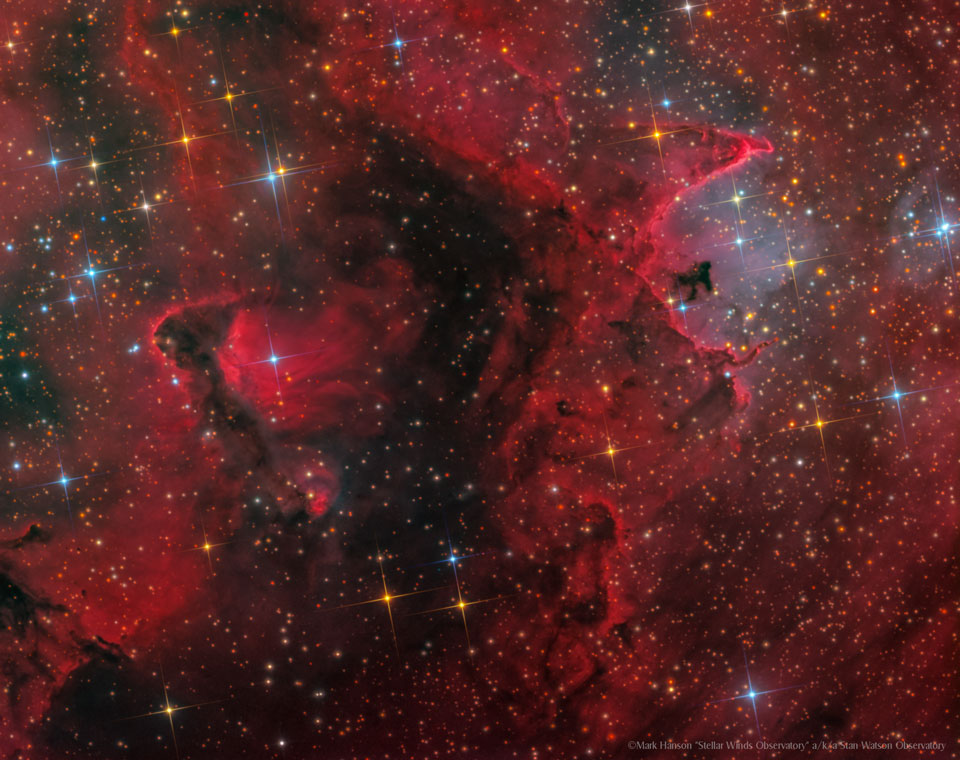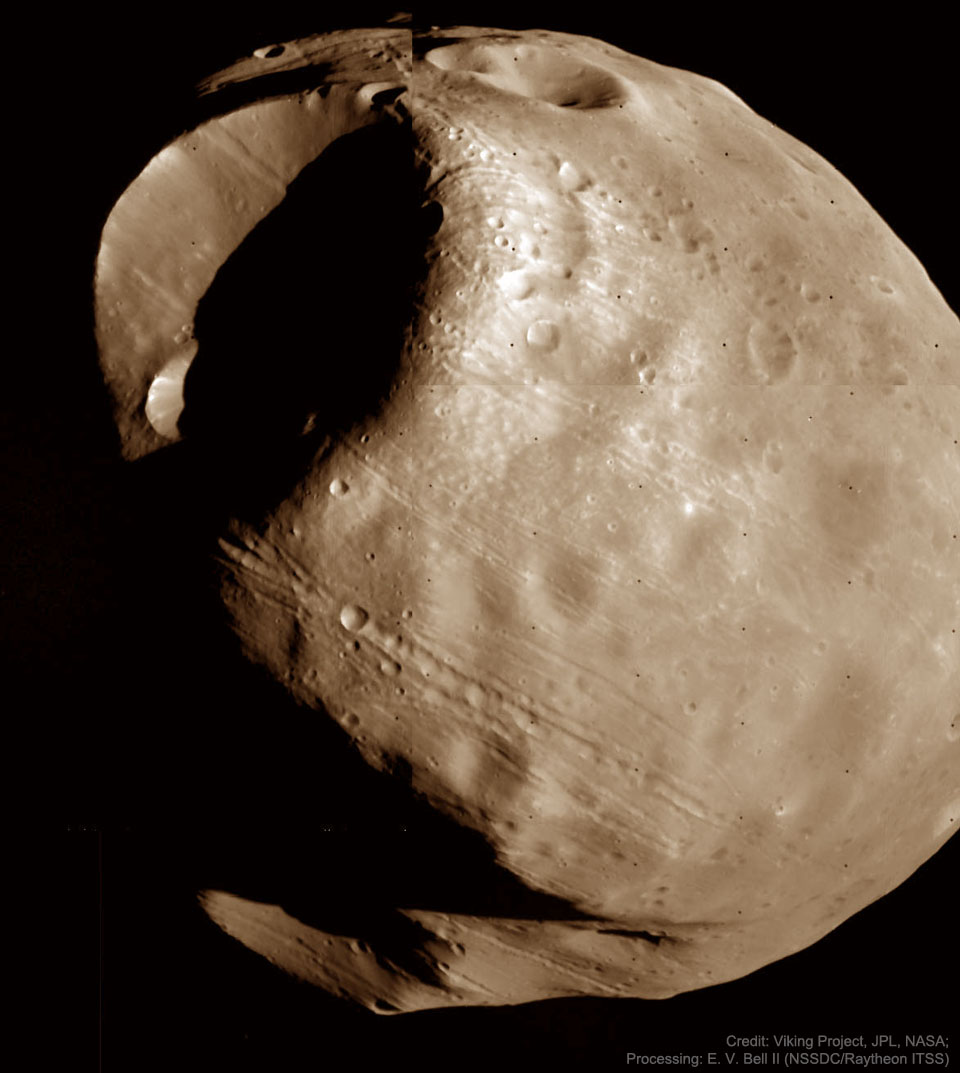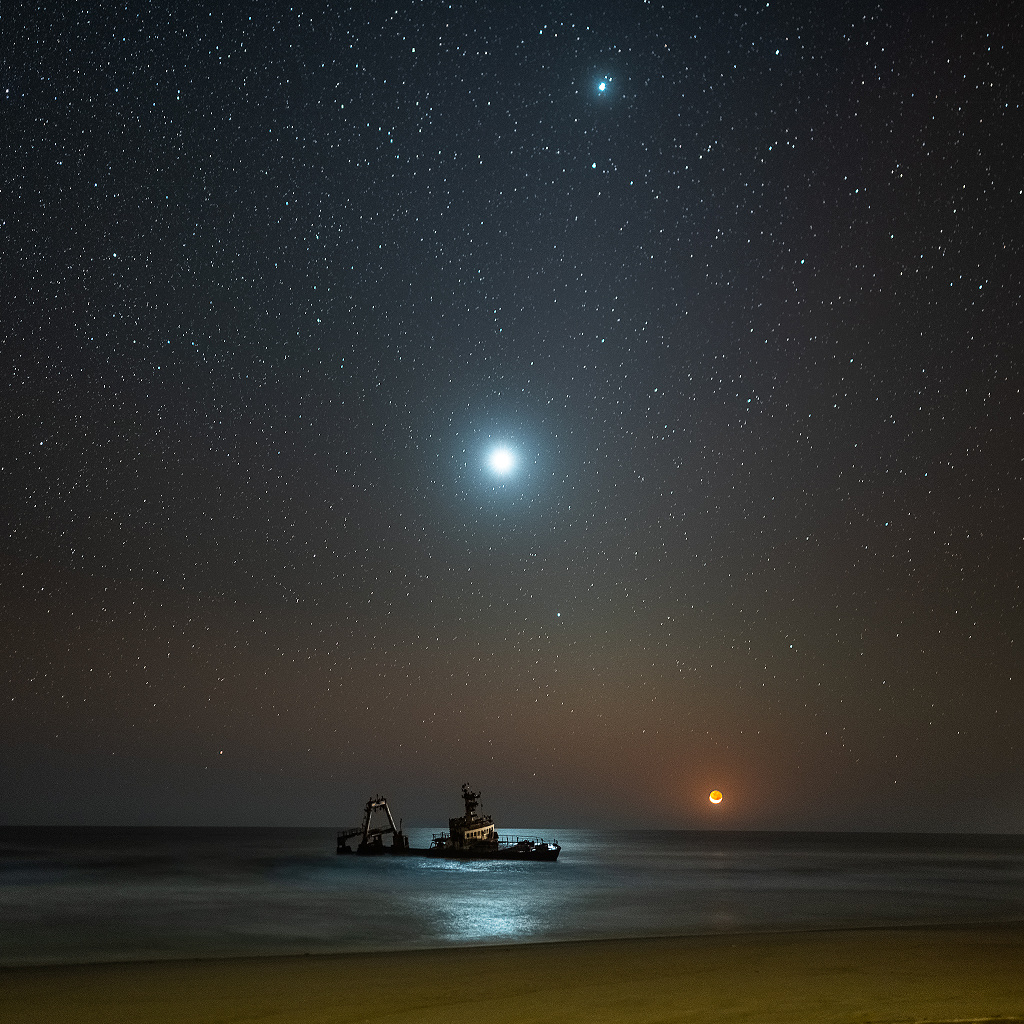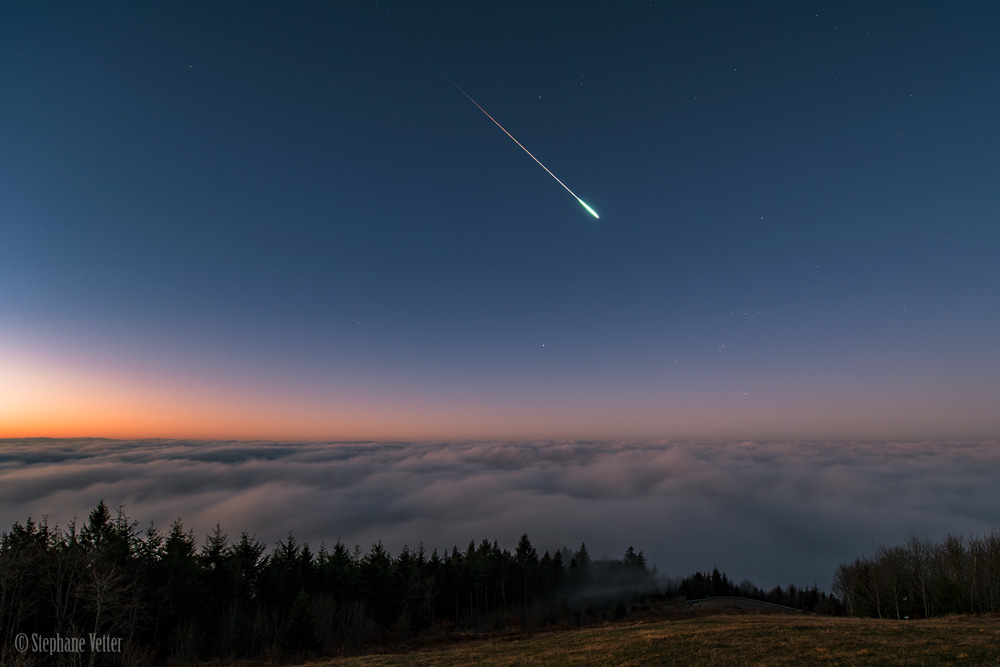
Et si les confrontations mortelles entre requins et baigneurs n'étaient pas dues à une densité élevée de squales dans une zone mais plutôt au comportement singulier de certains spécimens ? Face aux expéditions punitives à l'encontre des requins qui suivent généralement un incident de ce type, le chercheur français Eric Clua et son collègue John Linnell s'interrogent sur l'efficacité et le bien-fondé de ces réactions. "La stratégie d'abattage suppose implicitement que le risque d'incidents est directement corrélé avec la densité de requins, une hypothèse qui n'a pas encore été démontrée", écrivent-ils dans un article paru le 11 novembre 2018 dans la revue
Conservation Letters. En outre, ils soulignent les conséquences de cette stratégie discutable et non ciblée sur la préservation de ces animaux alors que le WWF
rappelle sur son sitequ'environ 60 % des requins pélagiques sont actuellement en danger d’extinction.
"Réduire le risque d'attaque sur les humains en réduisant la population de requins repose sur l'hypothèse que chaque squale représente un niveau égal de menace pour les humains", notent Eric Clua et John Linnell. Ainsi, moins de requins équivaut à une diminution des risques. A Hawaï, pendant le déroulement du programme de contrôle des requins, entre 1959 et 1976, des milliers de squales ont été tués. Avant et pendant l'opération, on comptait 0,6 attaque par an. Durant les années qui ont suivi, on en dénombrait 1,4. A l'est de l'Australie durant les 70 dernières années, environ 500 grands requins blancs ont été abattus, ce qui n'a pas diminué de manière significative le nombre d'attaques, assurent les chercheurs. Pour ces derniers, ces mesures ne servent à rien si elles ne permettent pas d'éliminer le spécimen d'intérêt, qui peut être responsable de tous les incidents. Plus grand, moins craintif, explorateur : ce dernier présente
des variabilités comportementales qui peuvent, à terme, le pousser à changer de proie de prédilection, et donc s'attaquer à un être humain. Si effectivement, le risque n'est pas lié à la densité de requins dans une zone donnée mais plutôt à une personnalité, alors l'abattage aveugle est contre-productif. Si lors de l'expédition punitive, l'animal survit, le risque d'incident restera le même les années suivantes, expliquent les chercheurs.








